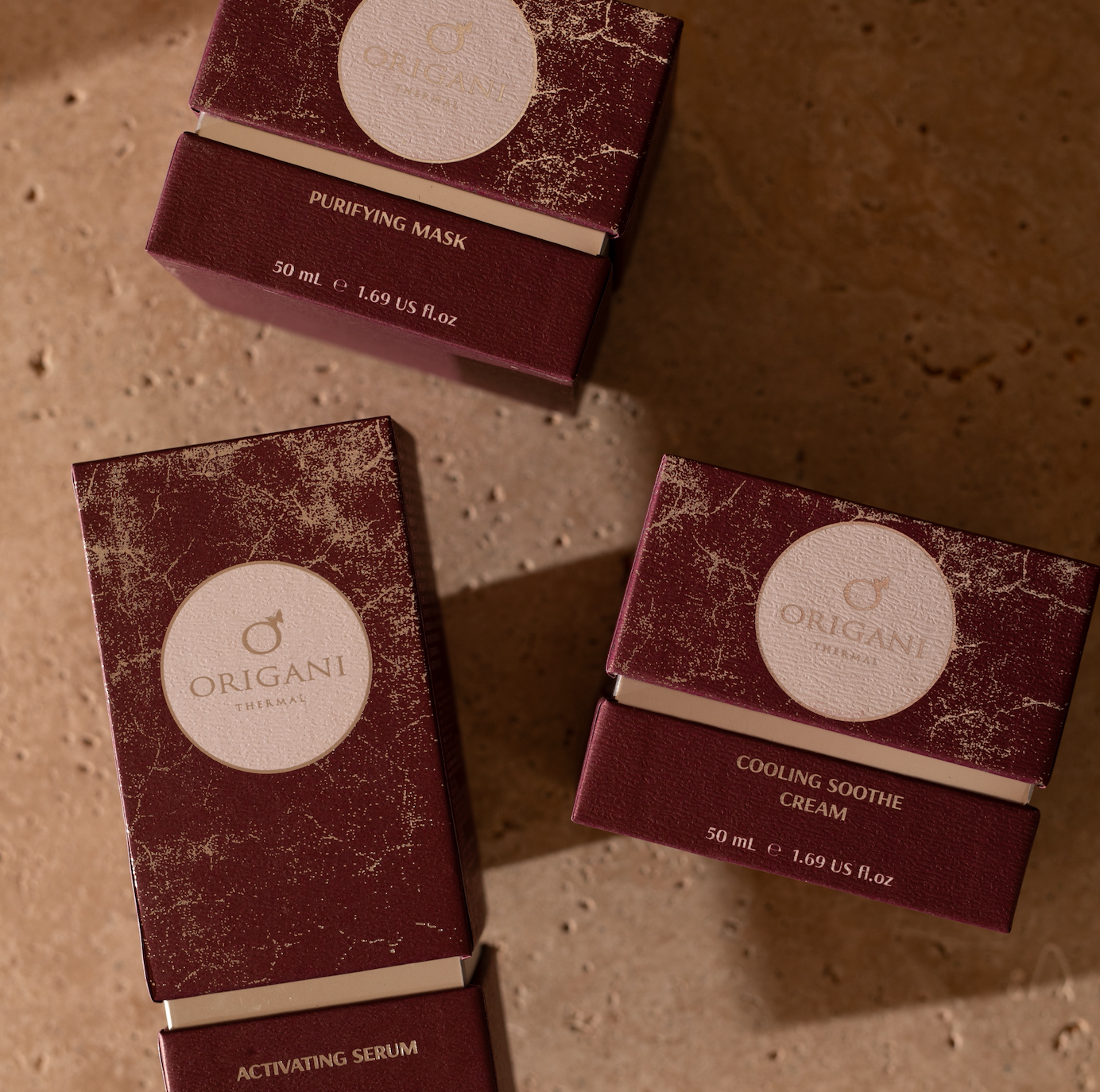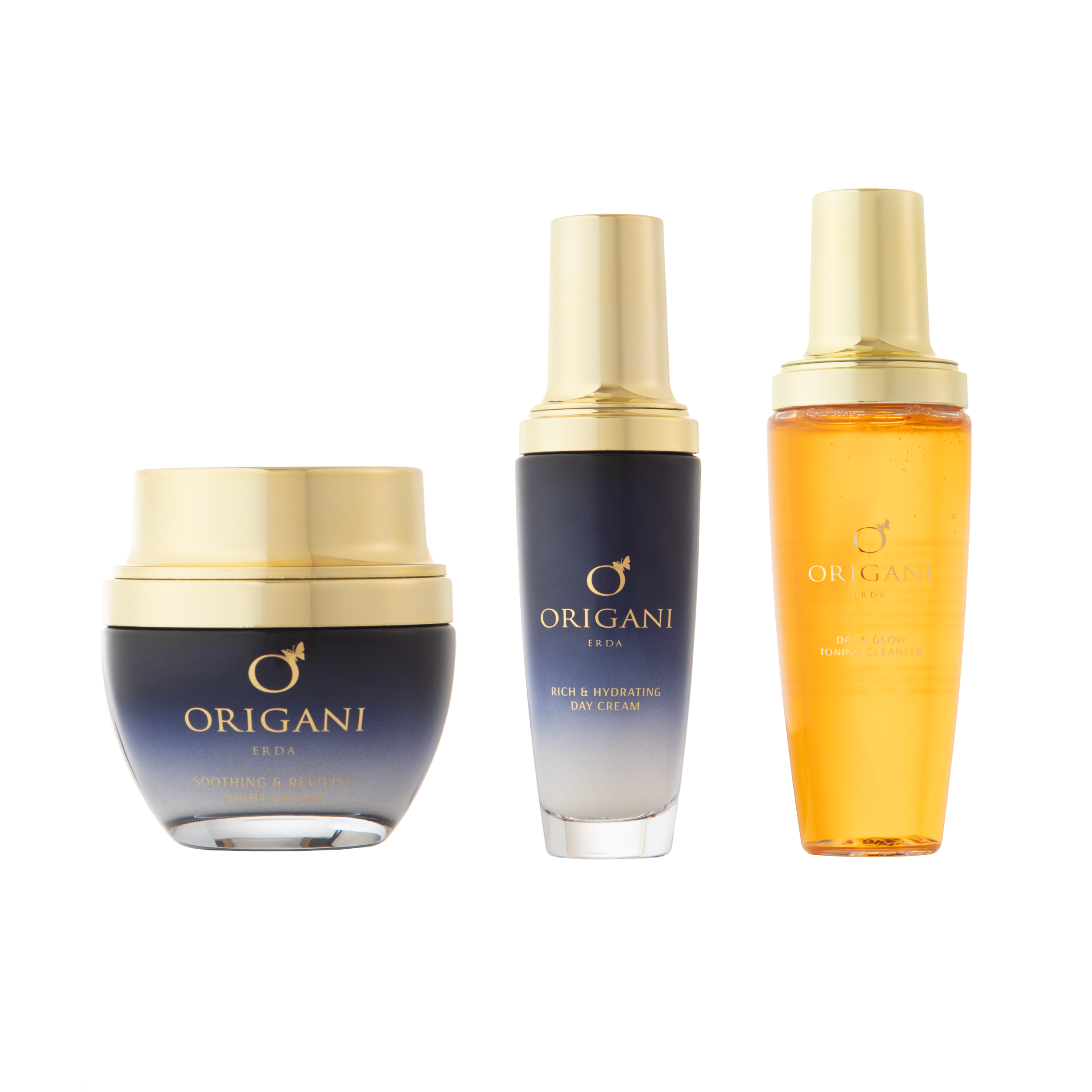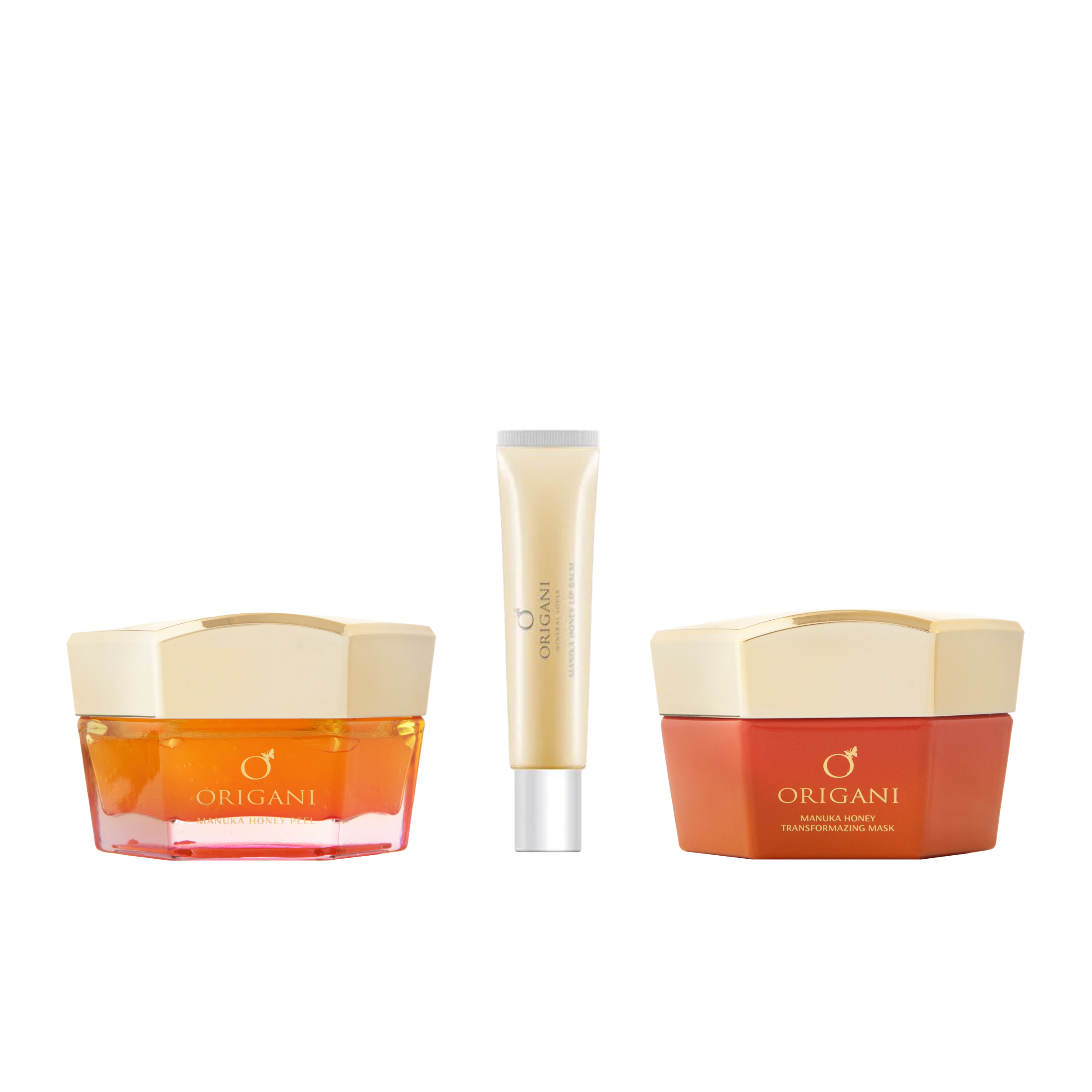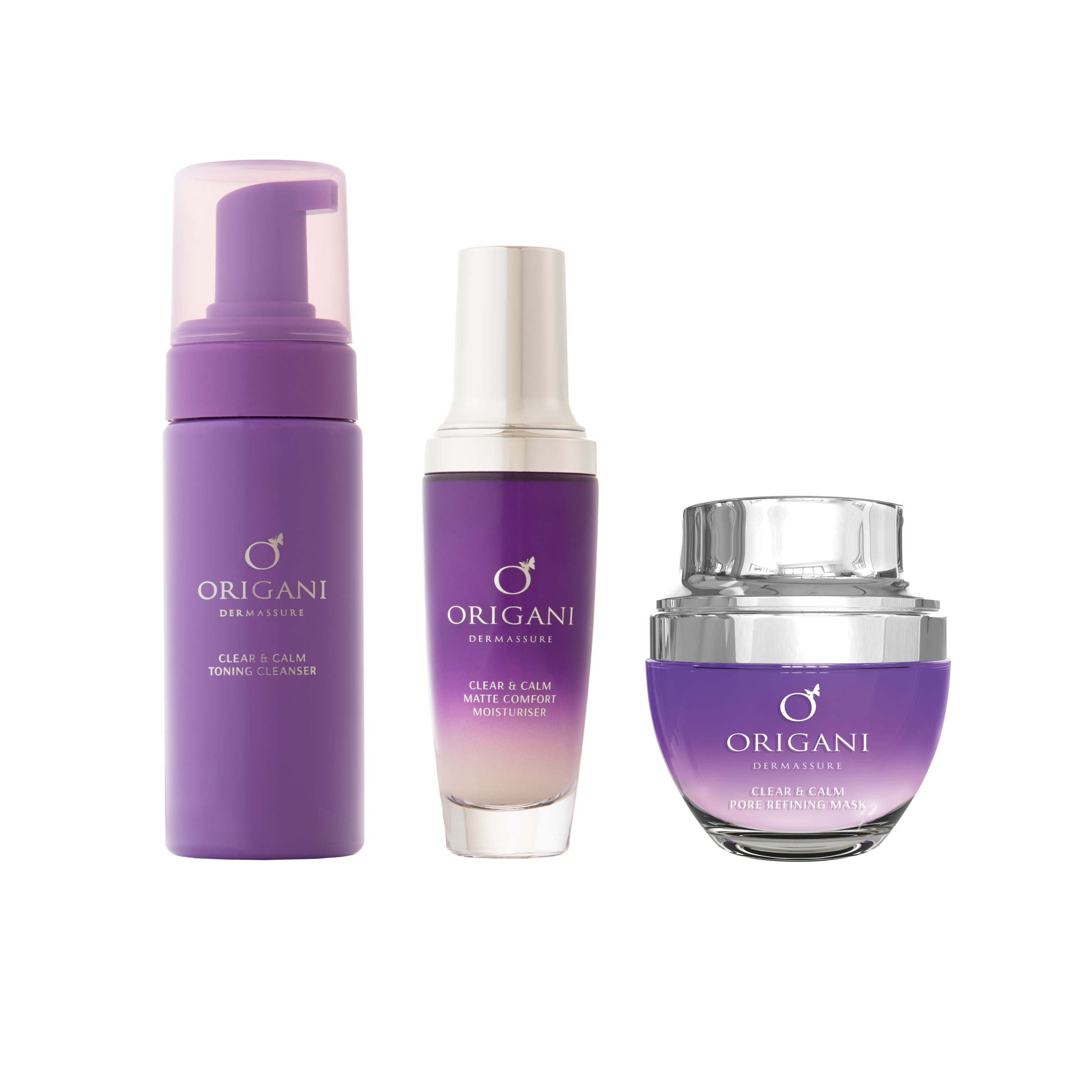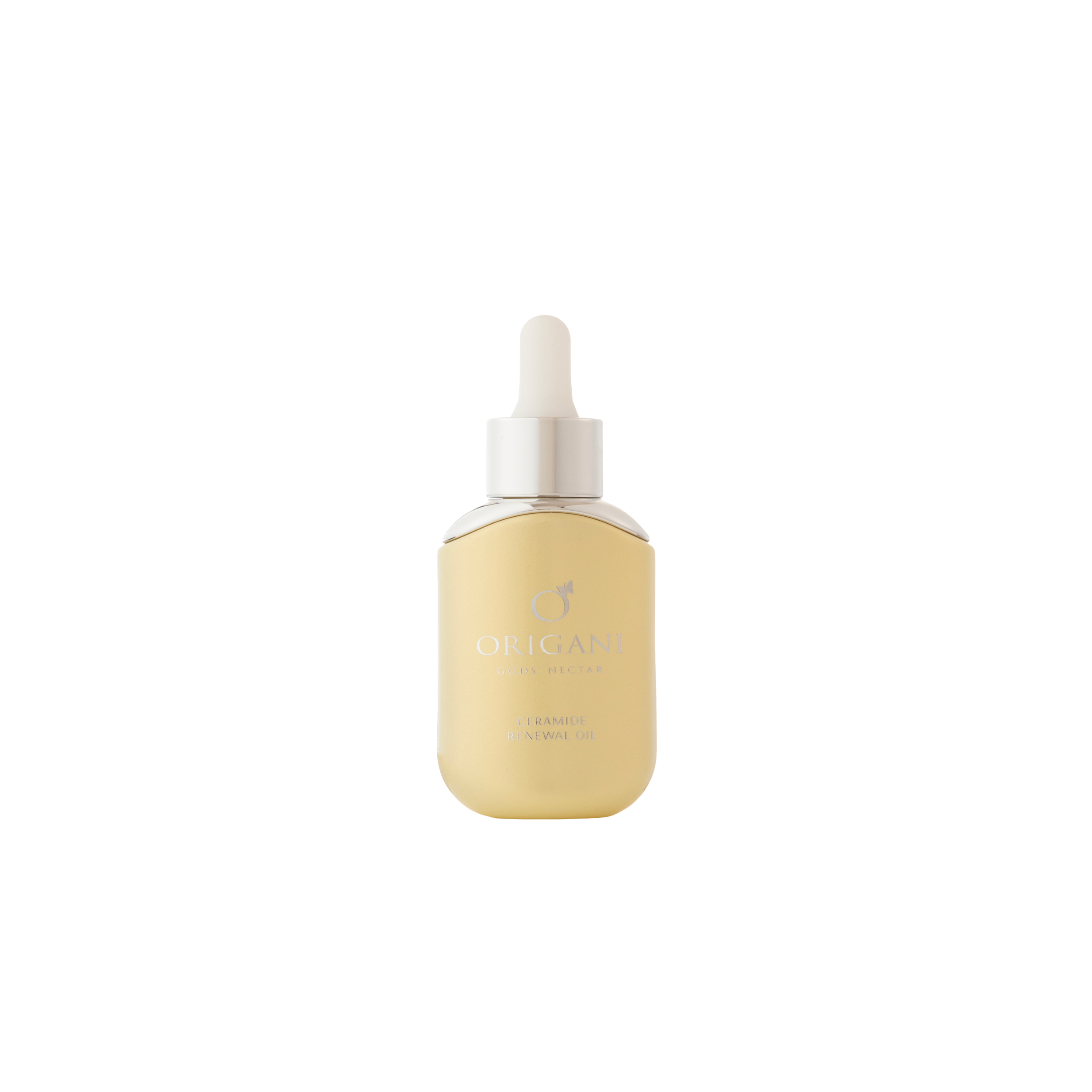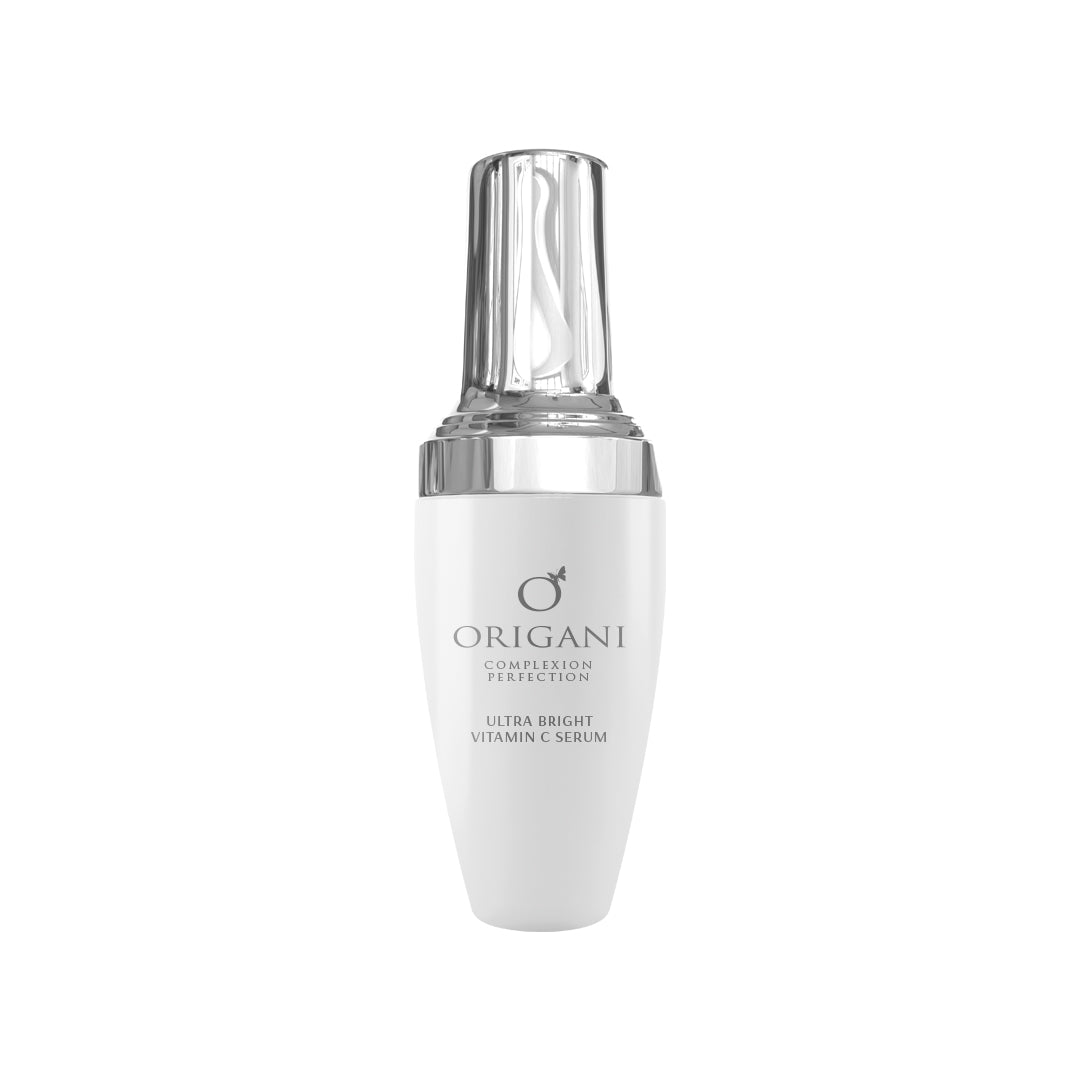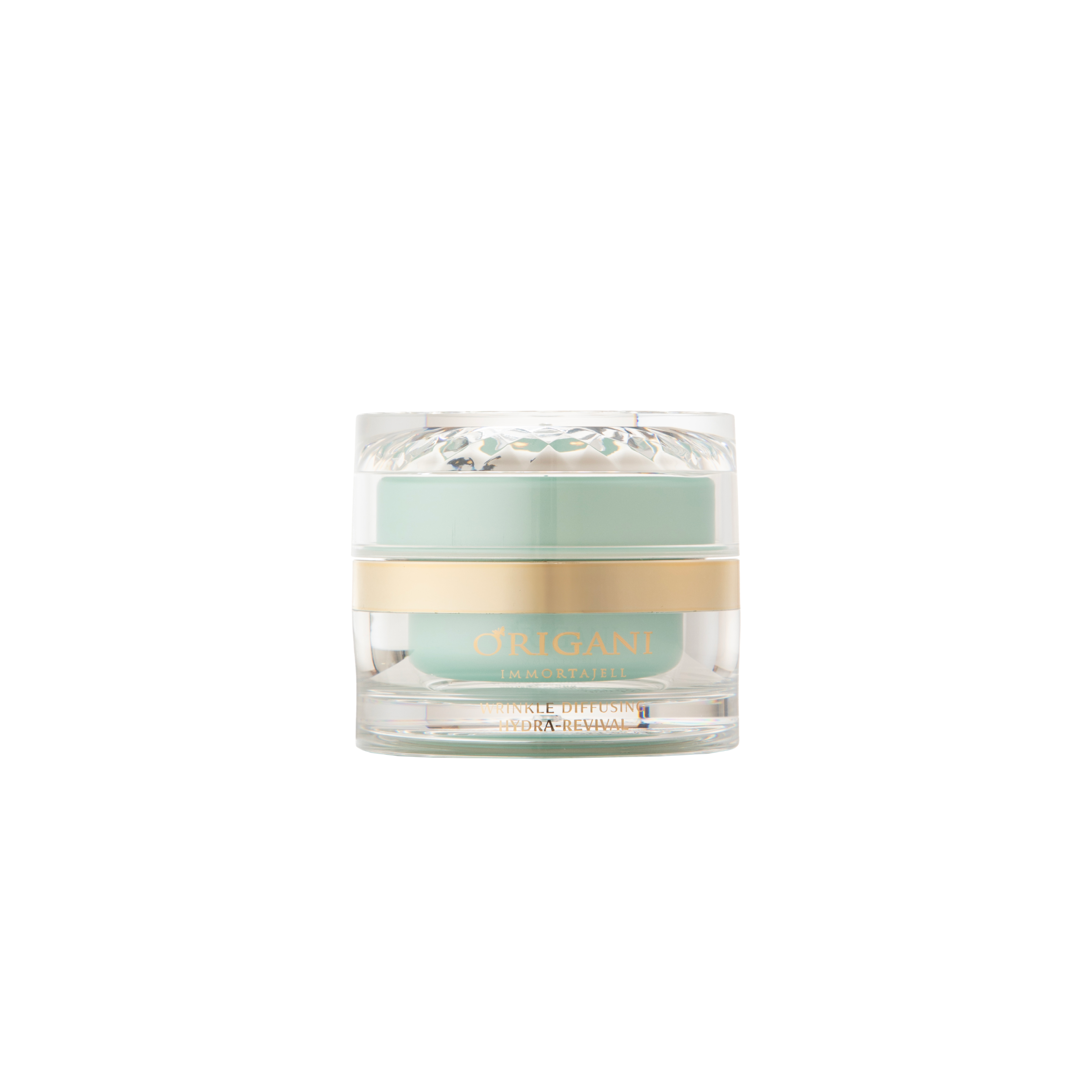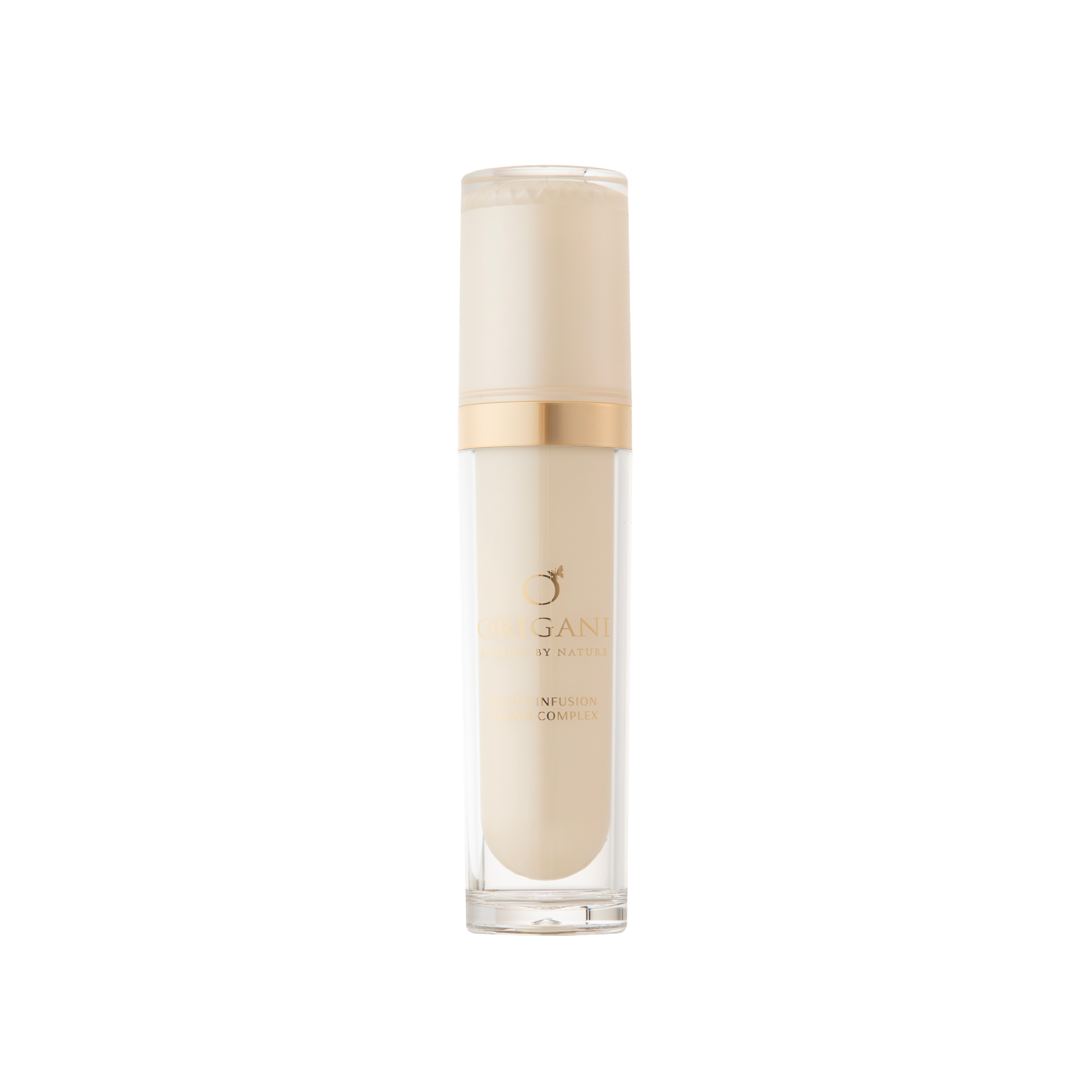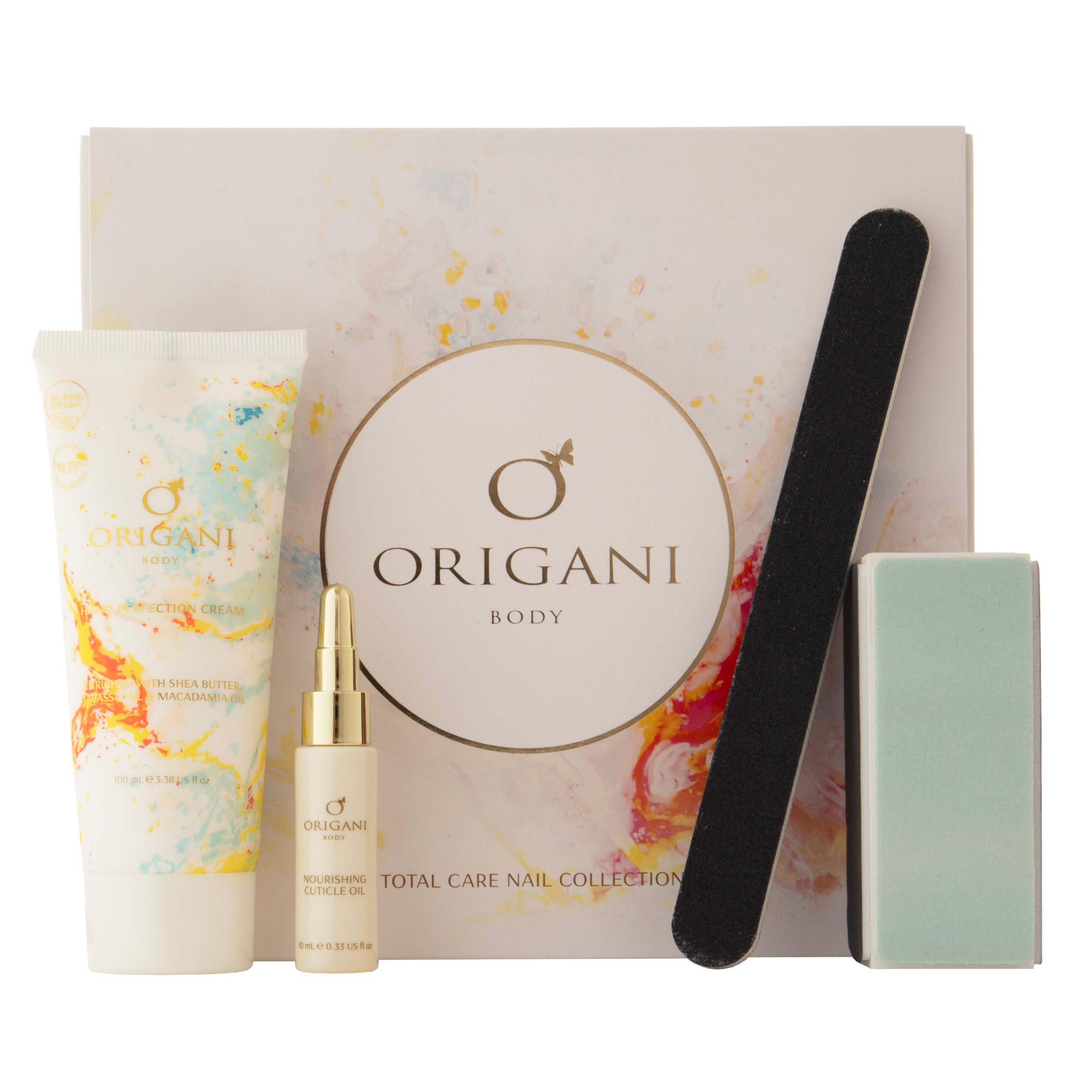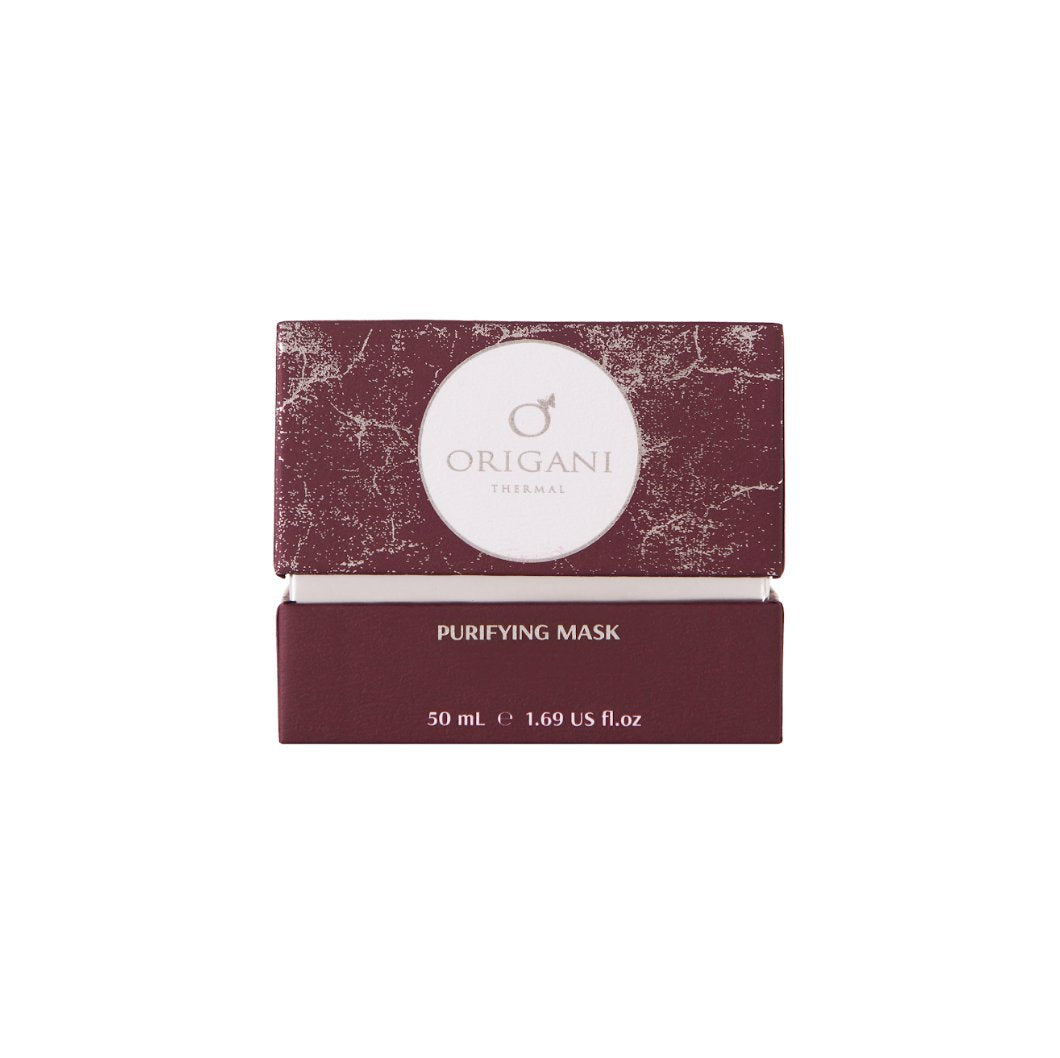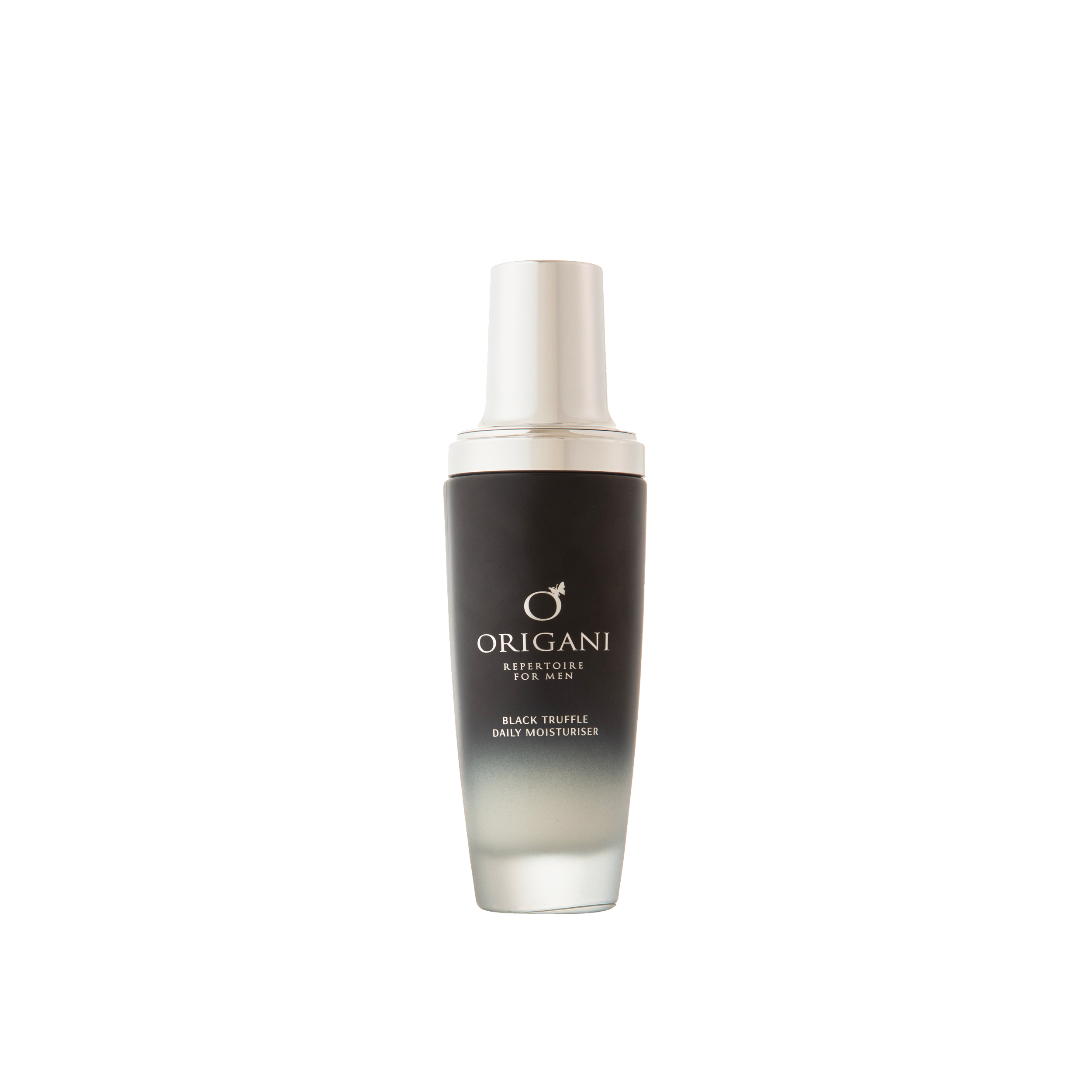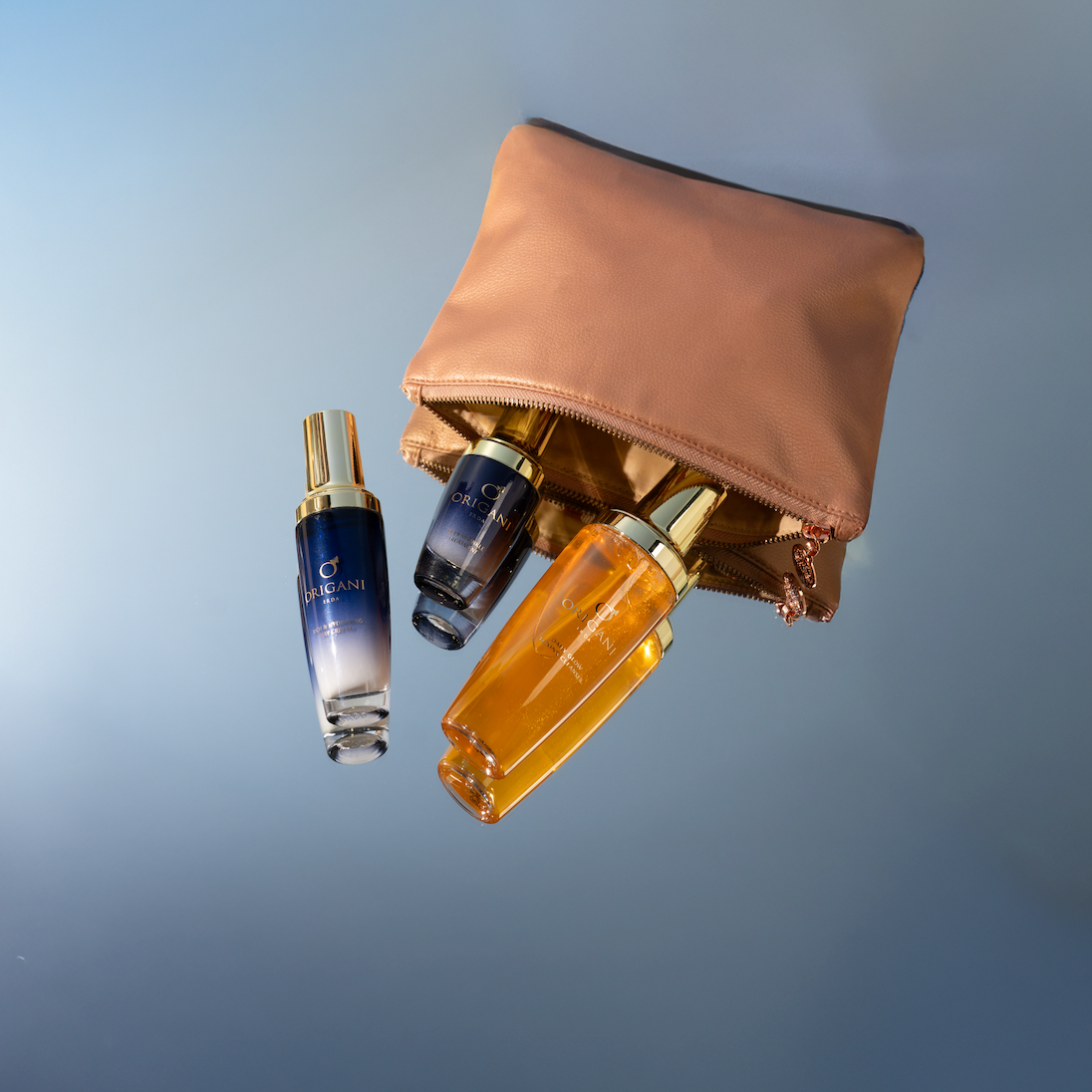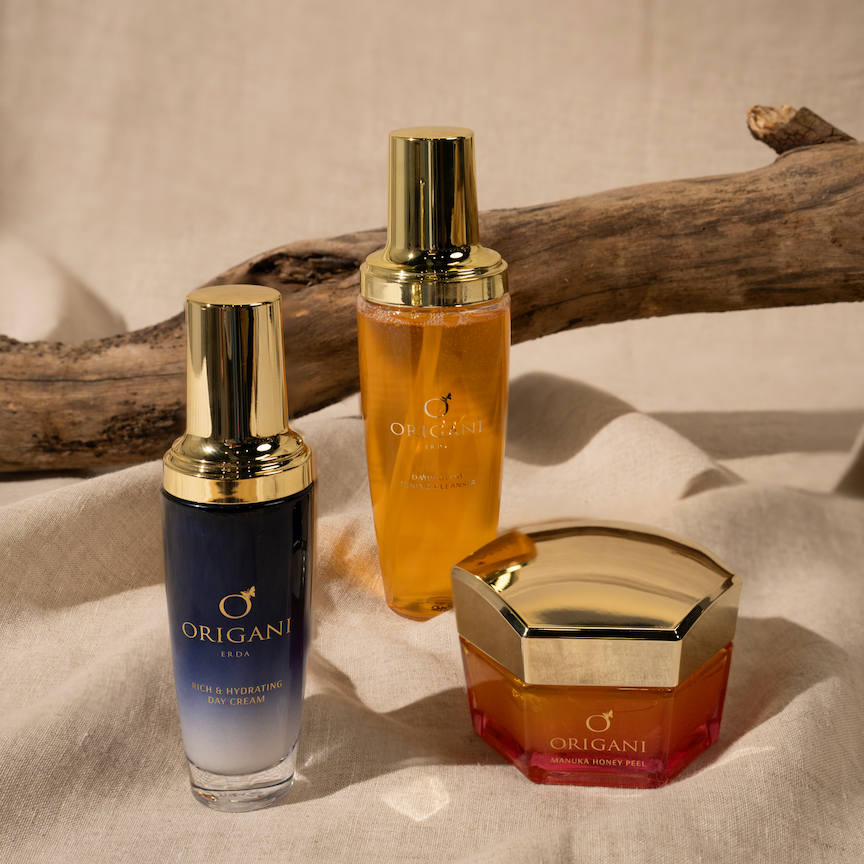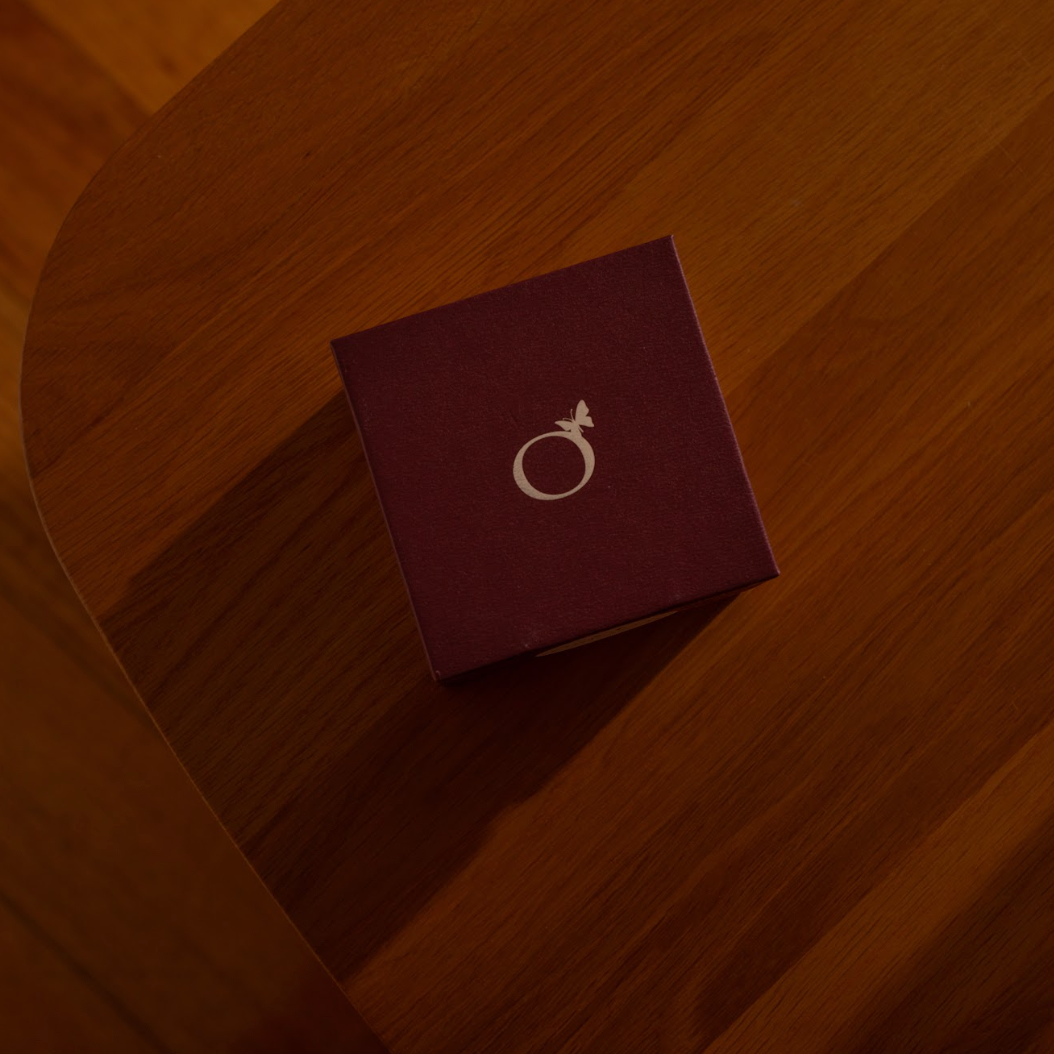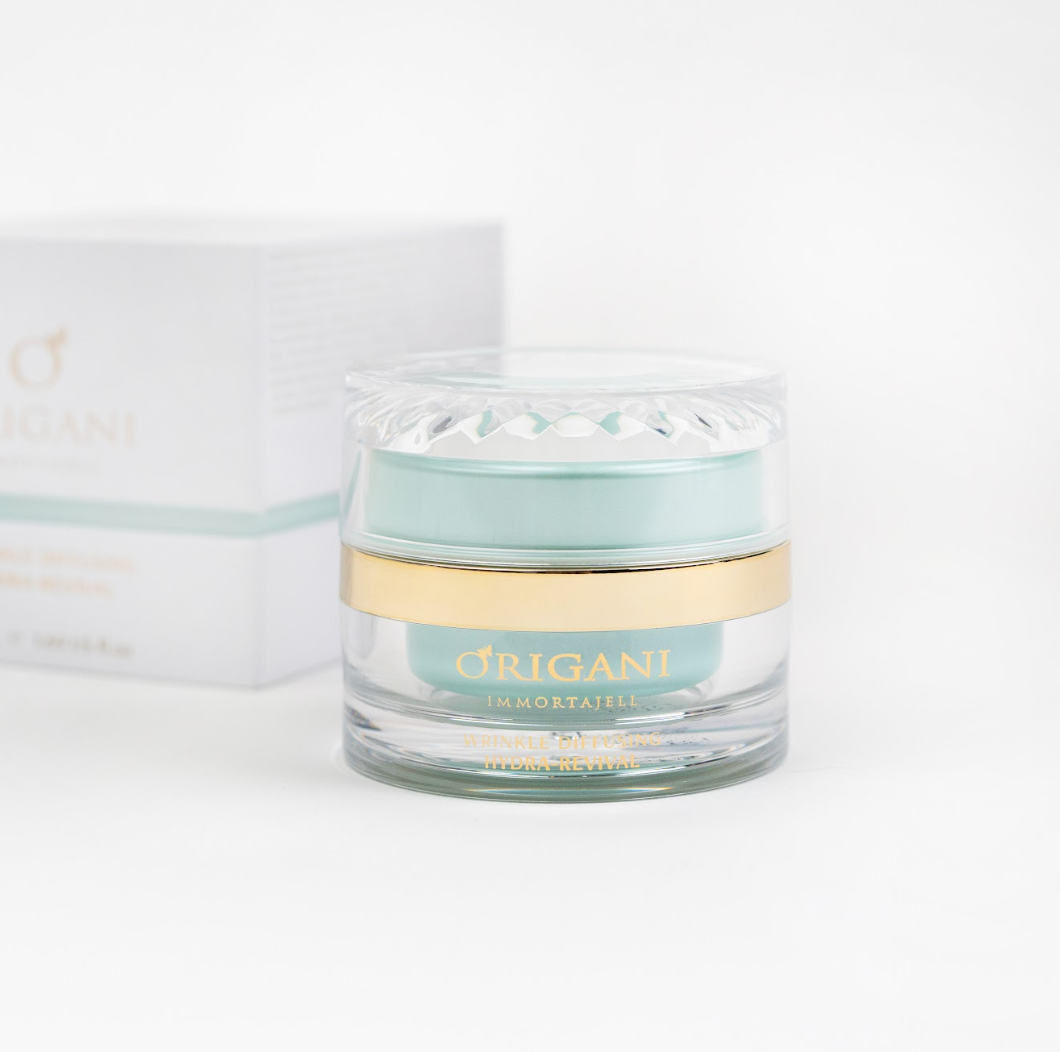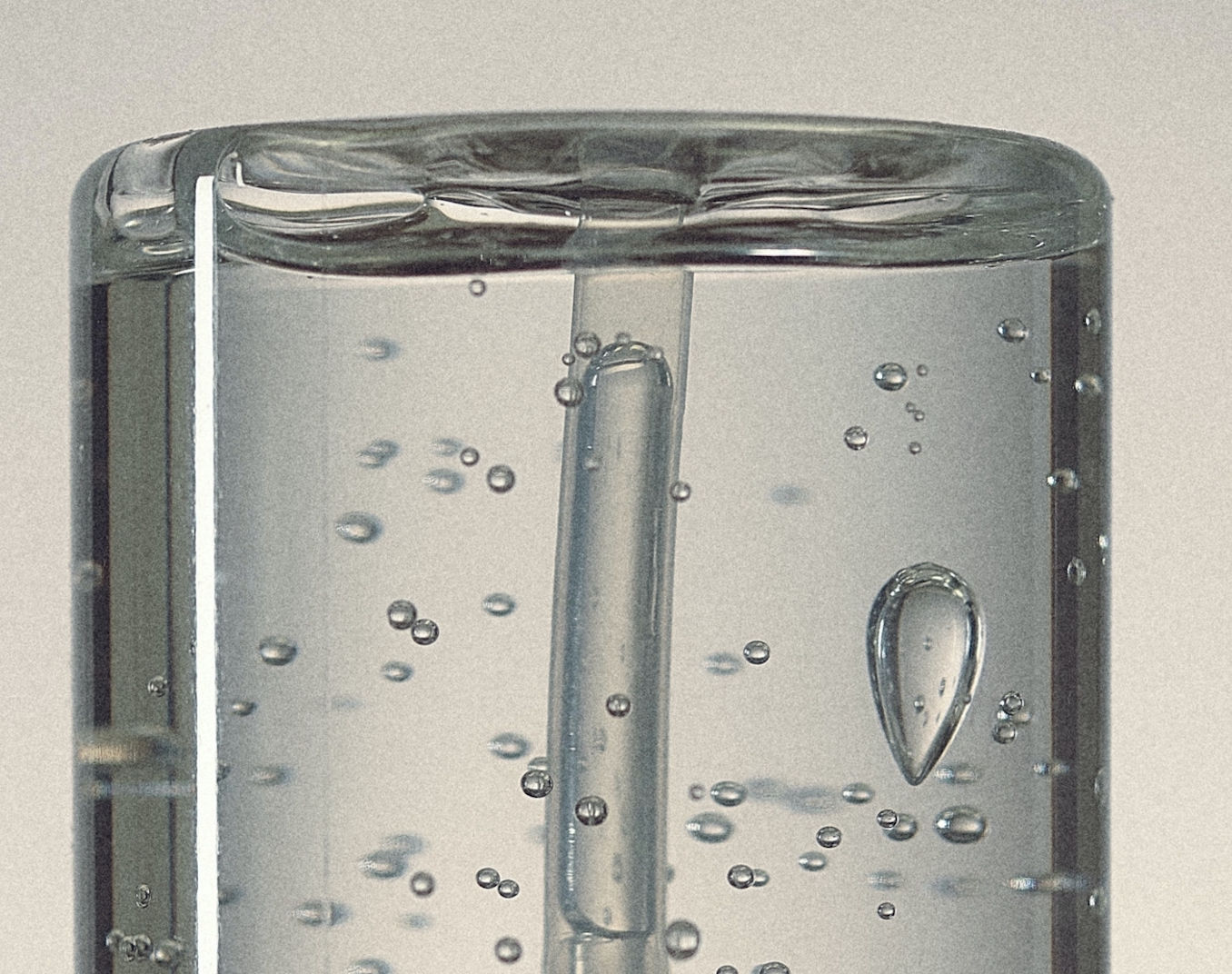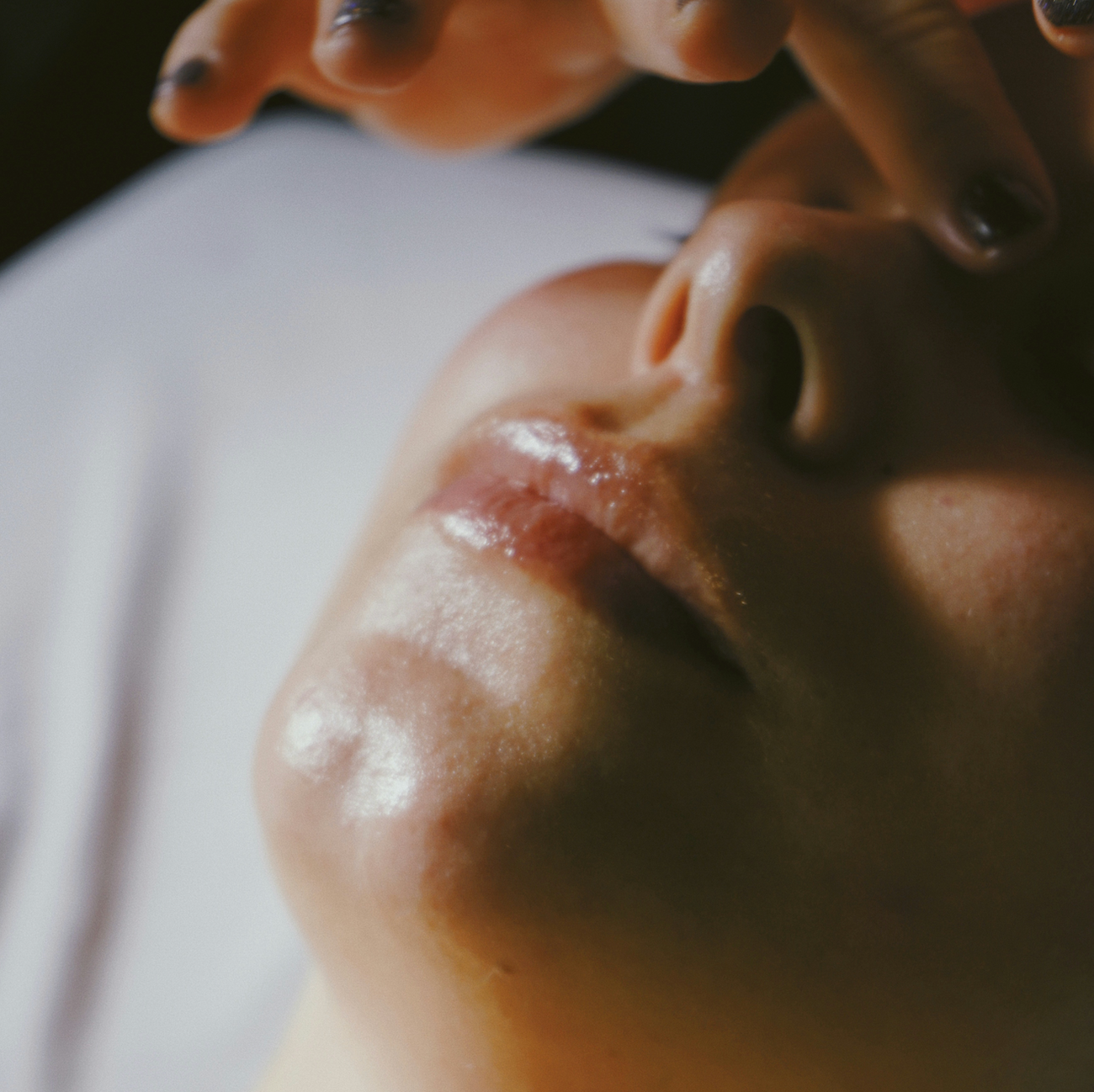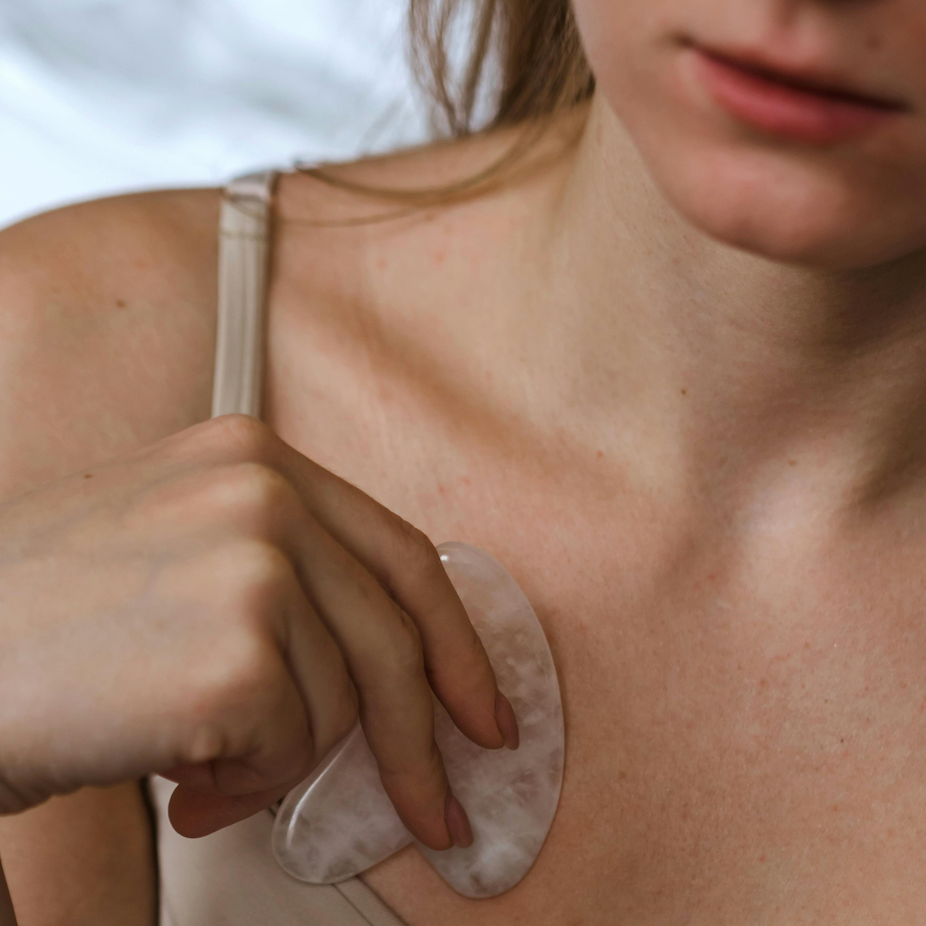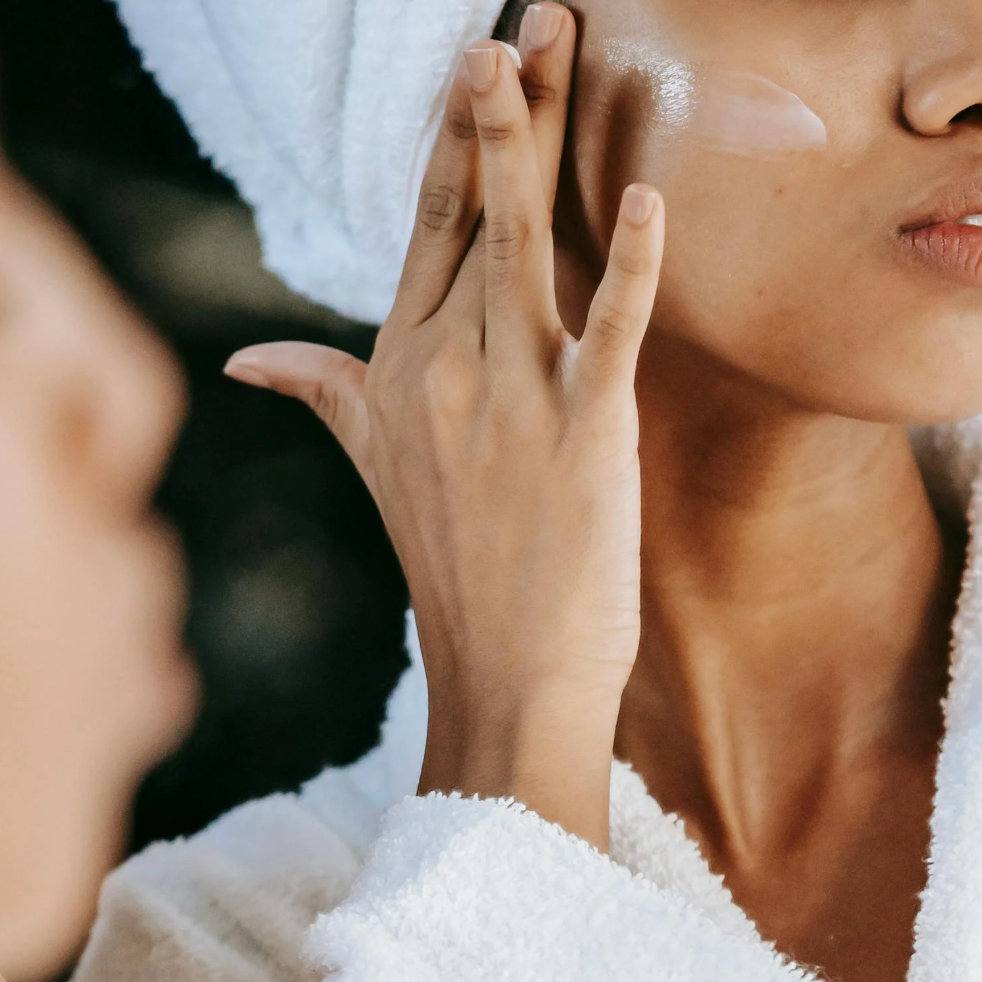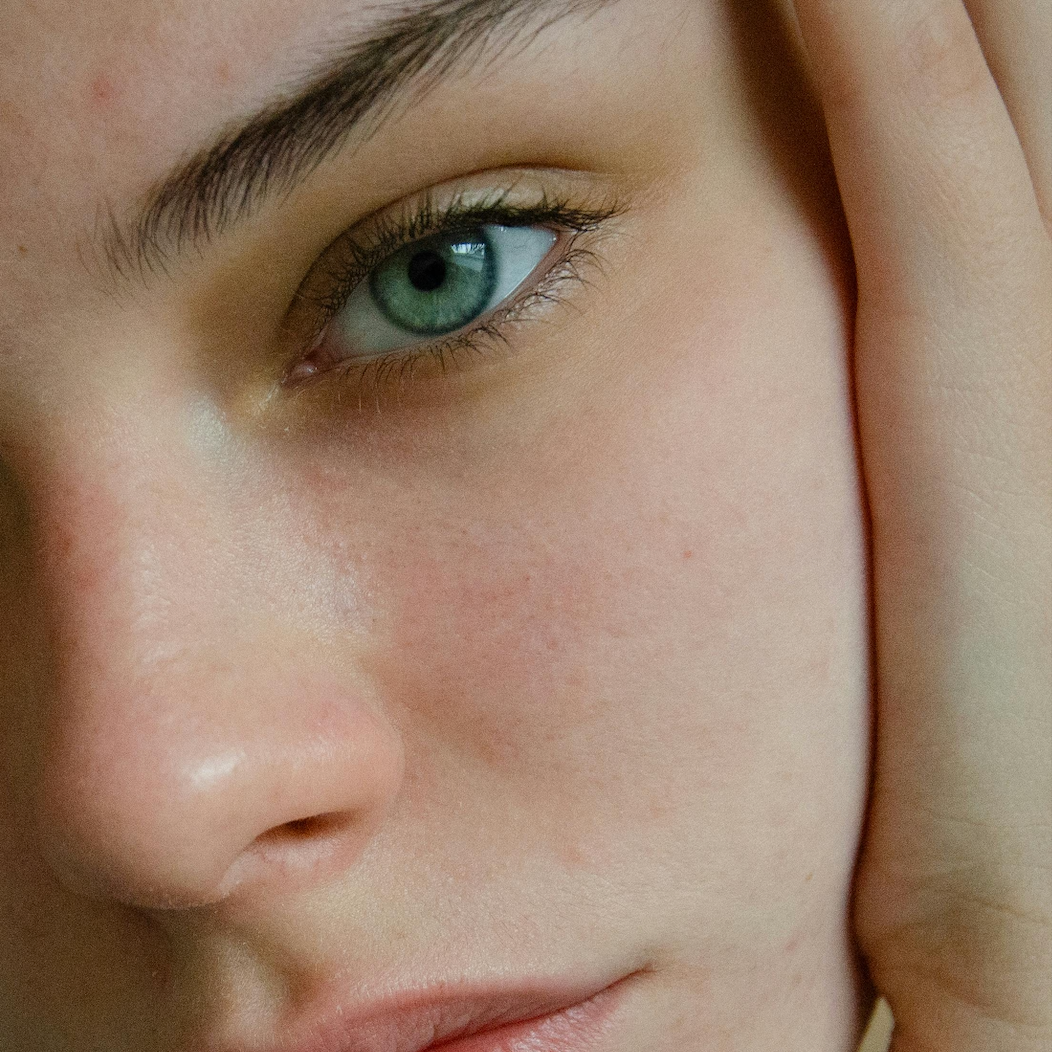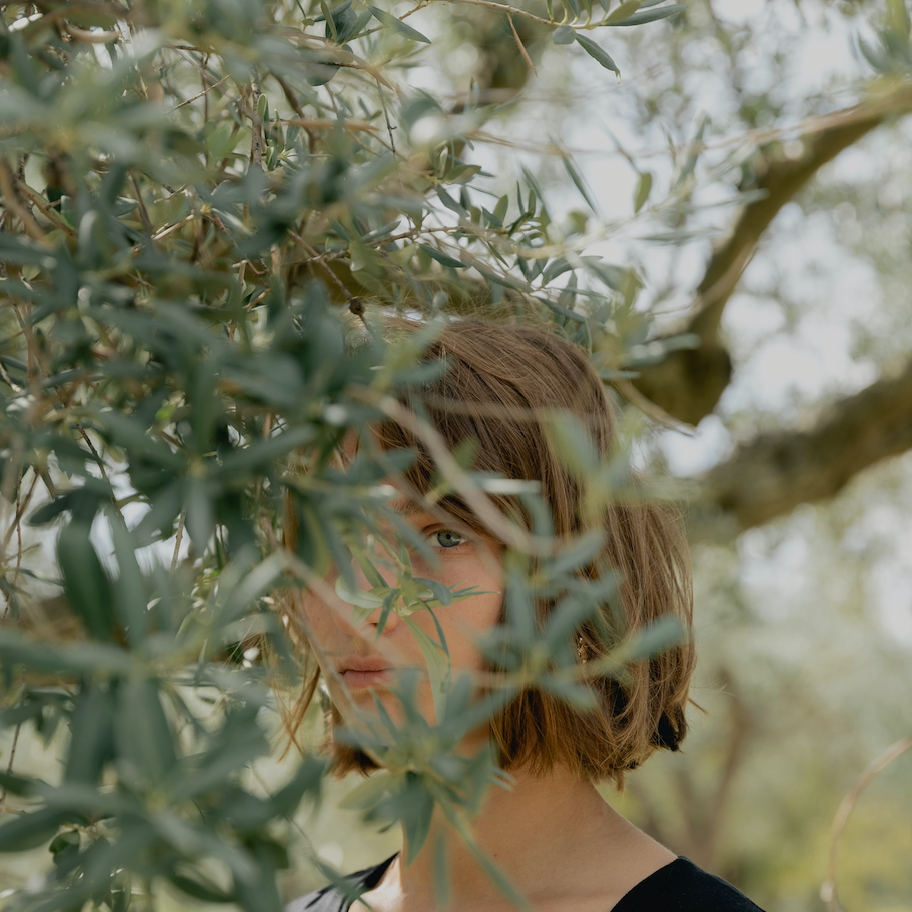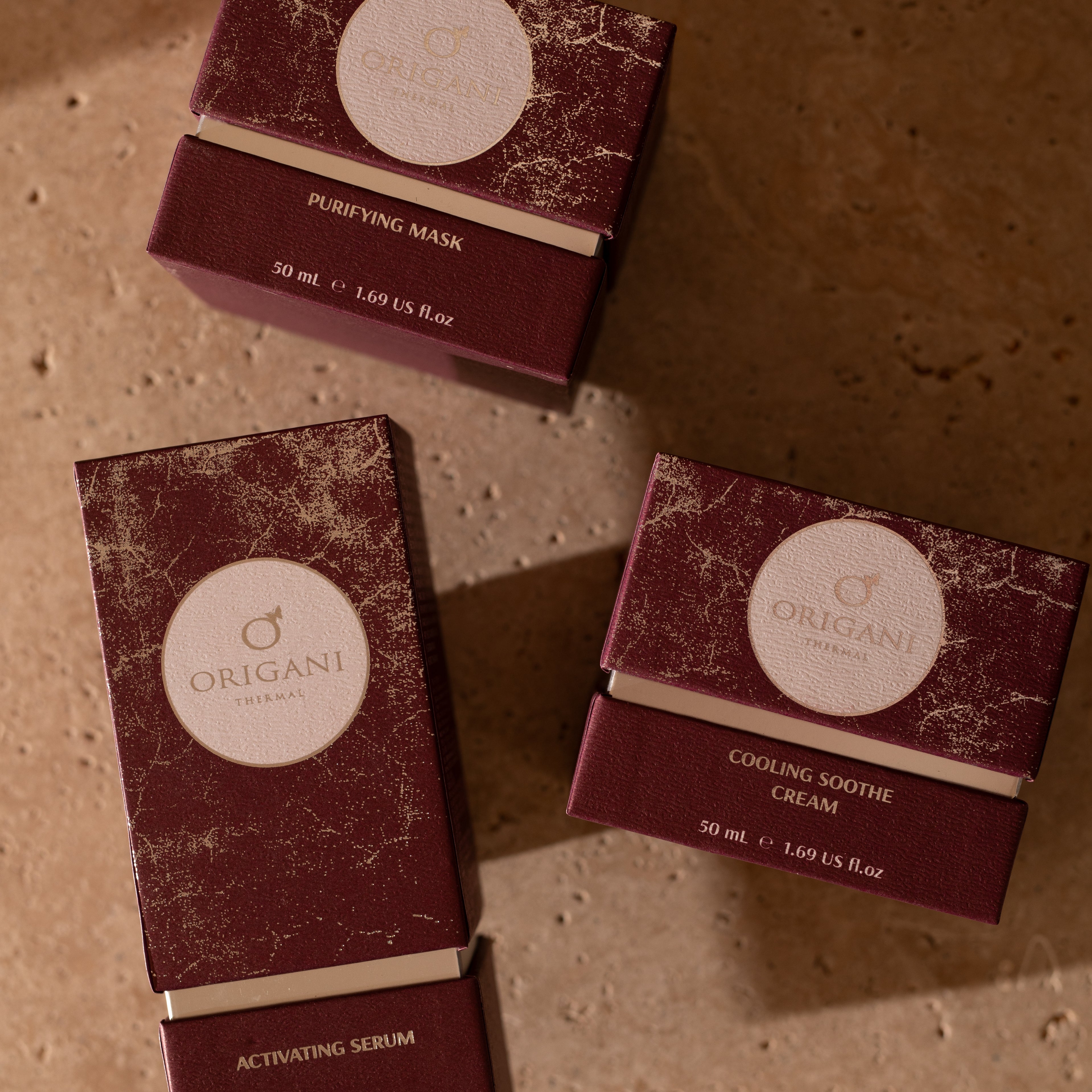No doubt, for many, it’s a sensitive topic – but one that is unavoidable.
Everyone is facing it, some with more enthusiasm than others. Ageing – the process of becoming older. Indeed, ageing carries with it many, positives.
However, one such unfavourable symptom is the physical separation from youth we experience, and consequently, a more mature appearance. Inevitably, the functions and appearance of the skin change with ageing and the underlying causes are complex, bringing in many factors.
But one thing is simple, for most of us, the goal is to essentially look and feel younger than we really are. Is this due to society’s unrealistic beauty standards or simply our natural desire to stay youthful for as long as possible? It’s probably a combination of both.
Despite this, the more proactive approach should be for us to ask ourselves the question “how fast am I actually ageing?”
Why? Because there is a healthy way of ageing naturally. Science confirms time and time again that we can indeed slow down the process.
Much has been learned about how our everyday lifestyle choices and habits contribute to (unnecessary) premature ageing – aging earlier than we would naturally. When we explore the actual causes behind this happening, there is much that can be done to keep that youthful appearance well and alive for longer.
The world of beauty and cosmetics has come leaps and bounds in terms of discoveries, technologies and encouraging product performances that work to reinvent the reality of physical ageing.
For most of us, beauty practices are part of our daily ritual. And while in the chase for eternal youth, there will always be fads and outrageous theories in the name of beauty (leeches, placentas, facial toning classes), the truth is, doing things that are simple and make sense (I.e. using quality skincare and making positive lifestyle choices) are often the best way to delaying early onset ageing.
To understand the actual processes of skin ageing and what a positive physical ageing experience means/how to work towards it, we need to explore the fundamentals behind skin ageing.
To best understand, let’s break it up into three categories: the causes of ageing, the processes behind ageing and the visible signs of ageing.
This blog will talk about the causes of ageing, kindly visit [Part 2] of this blog to learn more about the next 2 categories.
THE CAUSES OF AGEING
INTRINSIC AGEING:
Also, known as chronological ageing, this represents the natural ageing process, through unavoidable biological causes that happen without external interference. The skin is the largest organ of the body and it is subject to eventual degradation. The truth of the matter is, we all get old. It’s unavoidable.
Genetics play a major role whereby we inherit the DNA from our parents that control our cellular behaviour and hormones. As we naturally age, so to do our skin cells, producing less energy and weakening in their vital functions.
Hormones, our biochemical messengers (predominantly estrogen and testosterone) become unbalanced due to fluctuations in their production causing changes to the appearance of the skin.
The natural skin type we are born with also effects how the skin ages: dry skin types tend to develop more wrinkles earlier and oilier skin types tend to lose elasticity faster. This process of natural ageing starts in our late 20’s but may not be noticeable until we hit our 30’s.
We also know that our genes ultimately interact with our environment, so now let’s get to the part where we discuss the things we can change!
EXTRINSIC AGEING:
This represents the area of the preventable factors around us that cause premature ageing. How? They bring about excess free radial damage and oxidative stress. Free radicals (unstable molecules) scavenge the body hunting for what they need. This process damages the body’s cells and critical functions including your precious DNA, ultimately accelerating the ageing process. The main guilty parties are as follows:
Photoaging: undoubtedly the biggest offender to premature ageing is repeated exposure to UV radiation from the sun. The radiation from sunlight causes a host of skin problems, some more devastating than others. These include long term damage to the skin’s structural matrix and to the function of our cells, whereby at worst, causing various skin cancers.
Environment: our extended environment can cause similar damage. Inflammation and various other skin problems can also be bought on by air pollution, various other environmental toxic substances and even artificial heating and cooling.
Unhealthy habits and lifestyle choices: a nutritionally lacking diet and high sugar consumption, sleep deprivation and of course the worst known culprits, smoking and excess alcohol consumption wreak havoc on the body, inevitably showing directly through the skin.
Psychological stress: high levels of emotional and mental stress release elevated levels of cortisol (stress hormone) leading to cellular damage. In fact, many studies have shown that stress is a substantial factor contributing to premature ageing. A normal level of stress is to be expected with everyone at some point or another but if you are prone to feeling anxious and stressed very easily, ask yourself “it is work looking older for?!
Repeated facial expressions: this one is unfair I agree! But unfortunately, true to some degree. Increased facial movement paired with the effects of gravity and even the position in which we sleep all contribute to the early ageing onset process.
So where is the good news? In short, the negative effects of these extrinsic causes on the skin are almost always preventable. It’s a liberating fact to accept that for the most part, the rate at which you age is largely up to you…
Now let’s understand how these causes actually effect the skin leading to ageing. What happens to make us age? [Part 2]
Origani is an Australian luxury organic skincare brand. We proudly formulate and produce cruelty-free, certified organic, vegan skincare and makeup.

